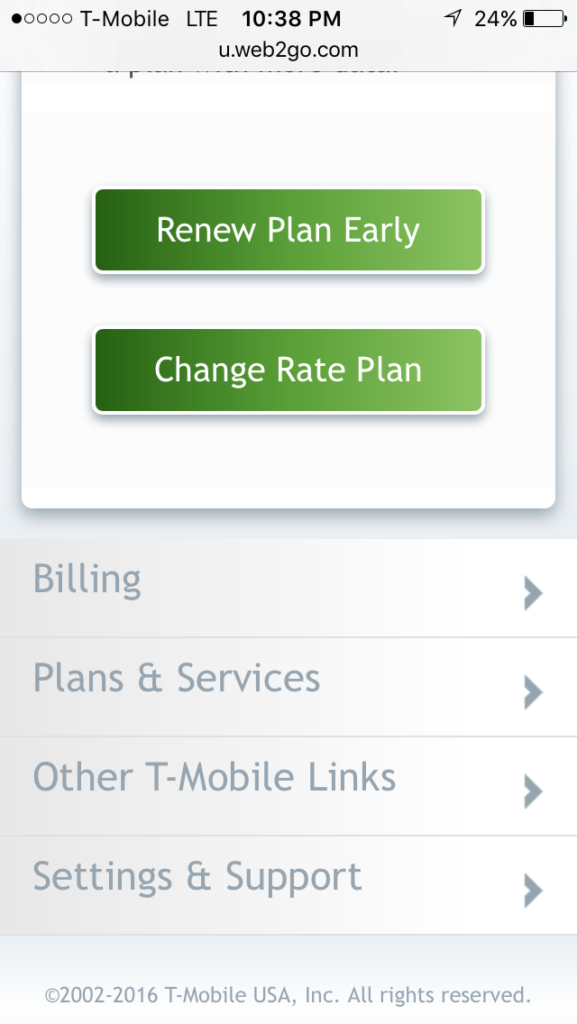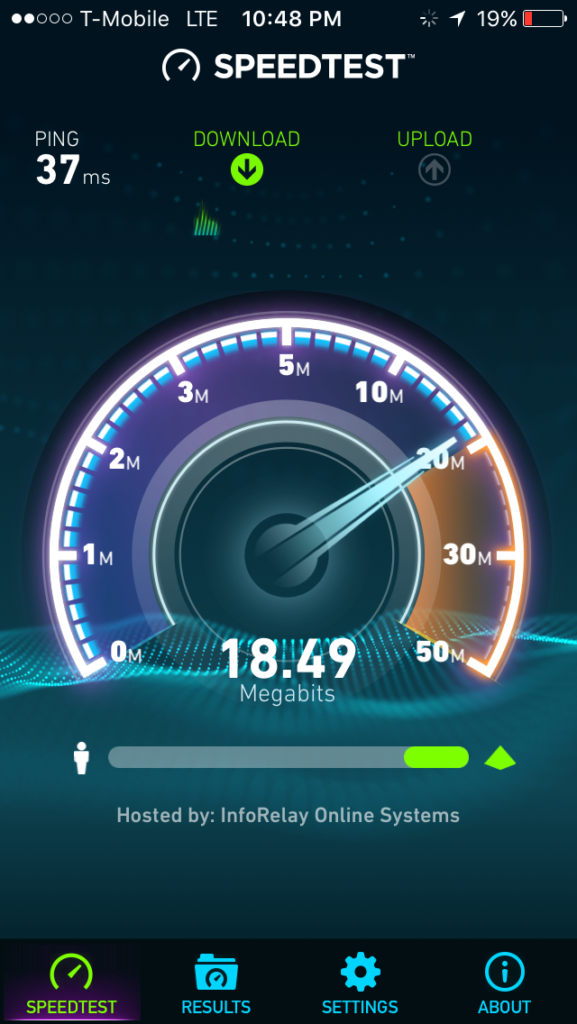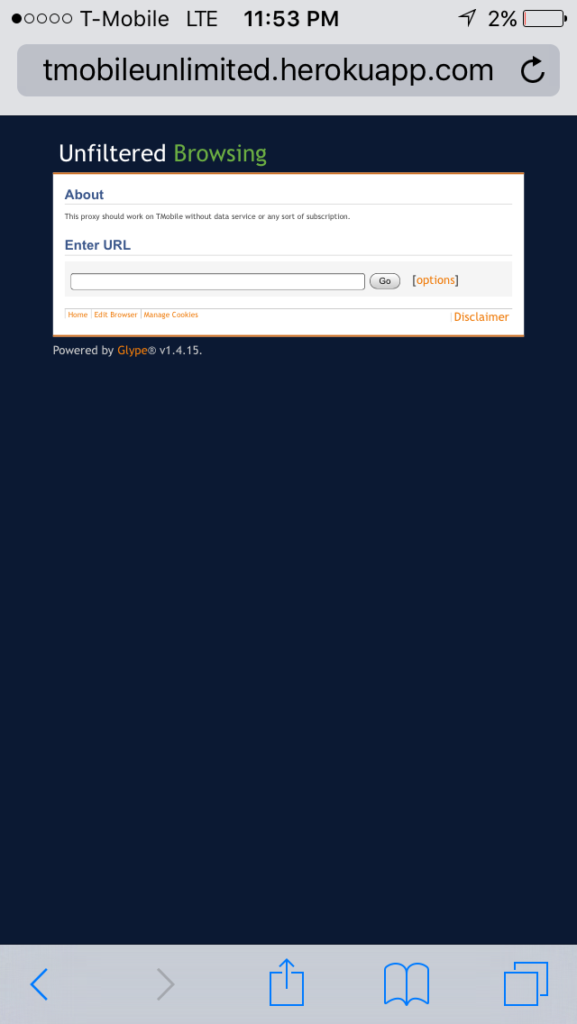

Theoretically, the phone still had some sort of LTE connection, just one that would redirect to a captive portal asking him to upgrade the plan.
TMobile Portal


He played around in this portal for a while, trying to find an escape route from it. Then he started checking for the apps whether any one could access LTE and found that the Speedtest app was able to test the speed of the connection which was 20mbps. So the app was allowed to access data and he noticed that it was picking a TMobile Speedtest server. He tried changing the server to a neutral third-party there, it still worked.
SpeedTest app

He got a clue that TMobile was whitelisting all the Speedtest-affiliated servers in some way. Then he investigated and found that the files which Speedtest download to check the speed were hosted on various URLs, the only similarity between them being the /speedtest folder with its appropriate contents. Then Ajit got really curious. What if TMobile was simply checking for similarly formatted /speedtest folders without any real verification? So he set up his own little /speedtest folder on his page and loaded it up with various files. He was able to access all the files in that page without having an active data plan. But accessing a set of files doesn’t give any fun for such a curious young fellow.
He set up a proxy server on Heroku which is down now using Glype. Bingo! now he has access to data throughout the TMobile network without maintaining any sort of formal payments or contract. It doesn’t take much time for TMobile to fix this, Ajit knows that well.
Proxy screen




Ajit have reached out to TMobile and is awaiting a response from the company. However, he was brave enough to go ahead and publish this in his blog. Kudos young man, way to go.























